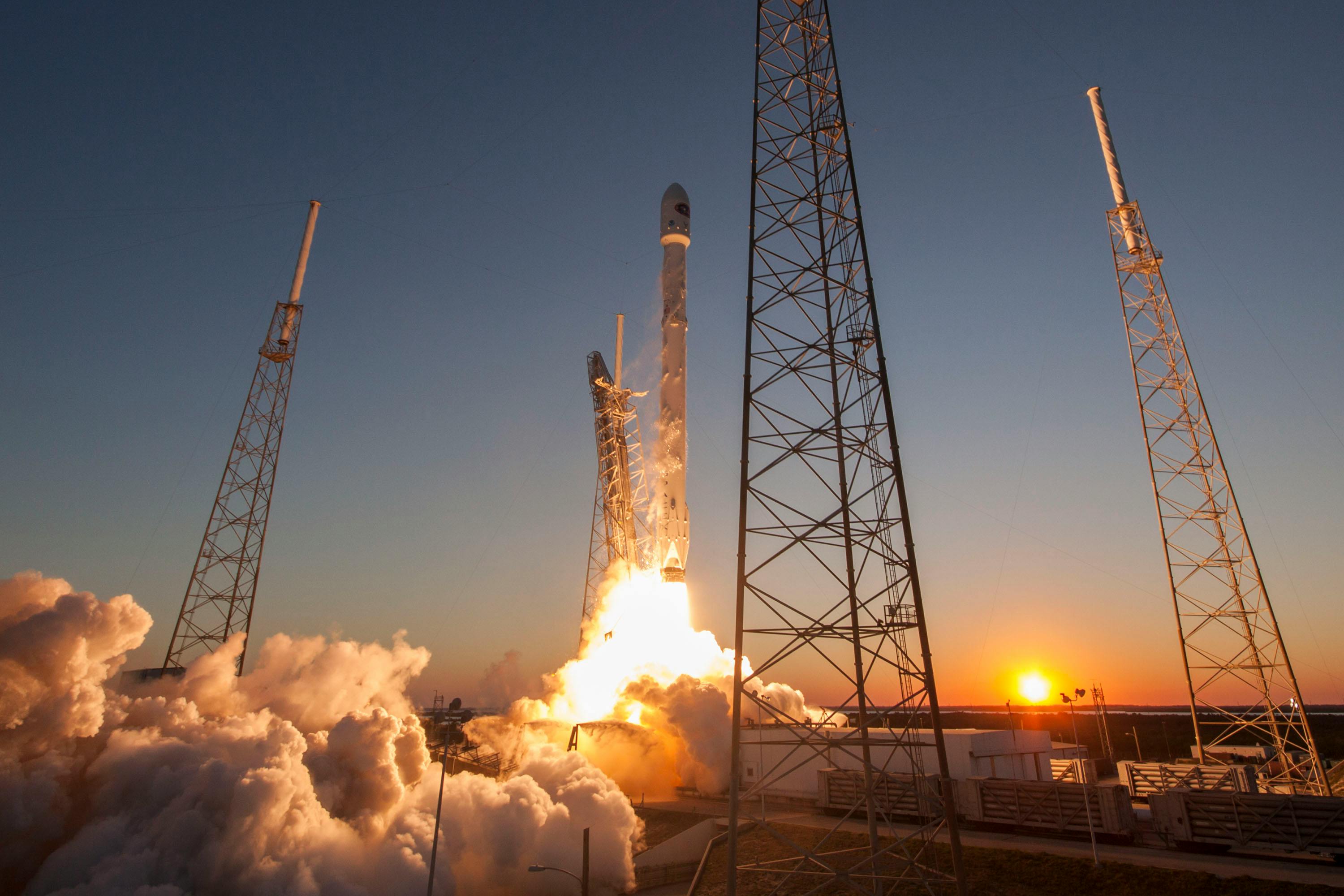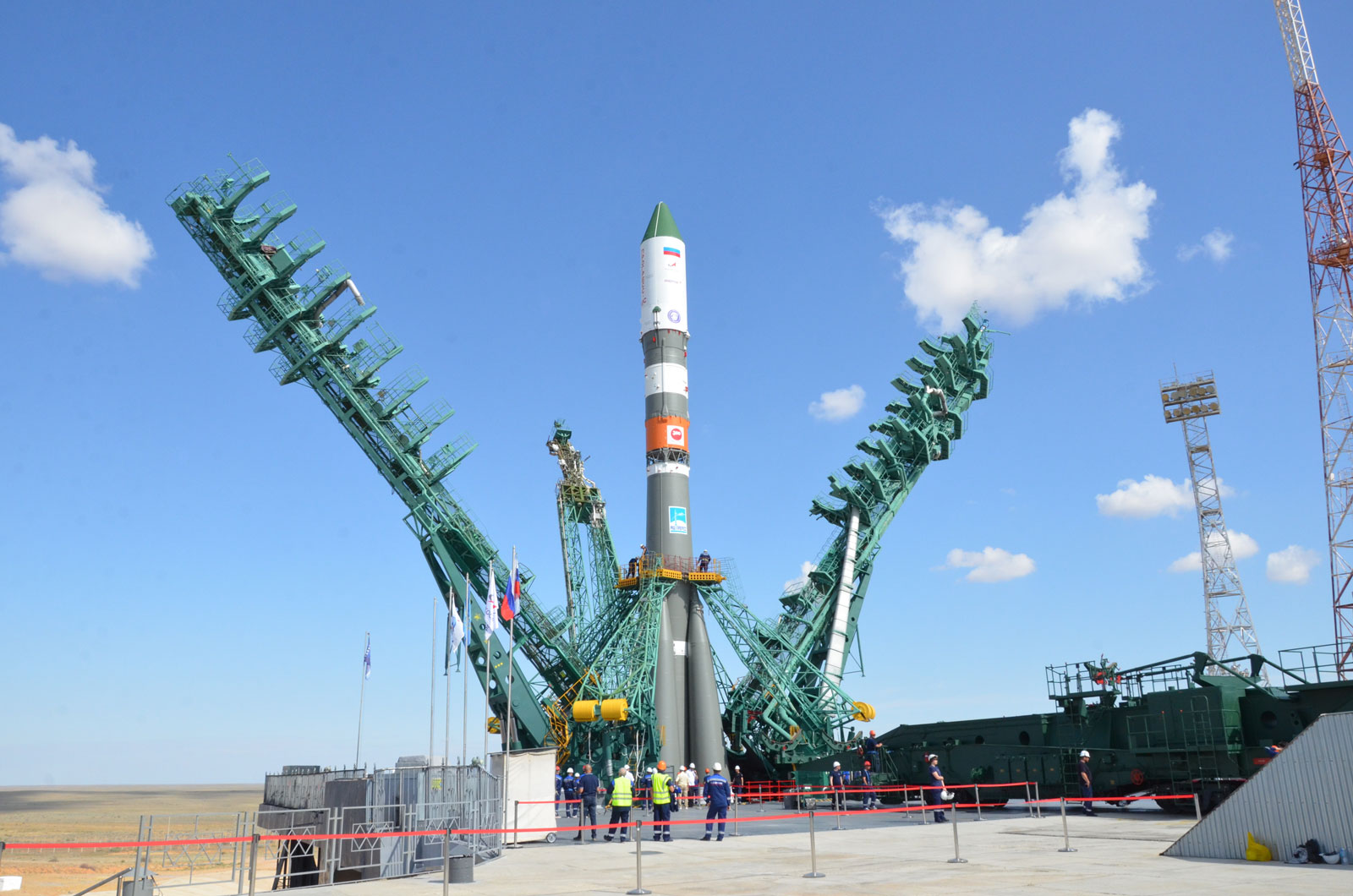· space brief · 6 min read
Space Brief 21 Jul 2025
Today's brief covers SpaceX's latest Starlink launch, fascinating exoplanet discoveries, and strategic lunar developments by China and South Korea.

📄Top Stories
SpaceX has successfully deposited more Starlink satellites into low-Earth orbit with another impressive Falcon 9 launch. Meanwhile, CHEOPS has detected a remarkable exoplanet inducing immense flares from its host star. Additionally, strategic moves in lunar colonization are highlighted as China advances its plans and South Korea unveils its moon base ambitions.
📰Detailed Coverage
SpaceX Expands Starlink Network with Latest Launch
Late Friday, SpaceX launched 24 additional Starlink satellites into polar orbit from California, marking another milestone in its mission to blanket the globe with internet coverage. The evening launch saw the Falcon 9 rocket, revered for its reusability, deploy its payload into space before the first-stage booster landed on the drone ship “Of Course I Still Love You” in the Pacific Ocean.
This successful deployment not only strengthens global internet infrastructure but also showcases SpaceX’s rapid pace in achieving its orbiting mega-constellation. Such developments enrich satellite tracking databases, providing more data points for enthusiasts and professionals using our web app.
Read the full story: SpaceDaily
CHEOPS Finds an Explosive Exoplanet
The European Space Agency’s CHEOPS telescope has spotted an exoplanet causing significant disturbances to its star, HIP 67522, through the generation of massive flares. Exoplanets often influence solar activities in their systems, but this particular case involves flares with immense energy outputs.
These powerful eruptions provide a vivid picture of the interactions between stars and orbiting bodies, contributing crucial insights into space weather patterns beyond our Solar System. Understanding these dynamics can aid in the exoplanetary mission plans and in protecting future exploratory spacecraft.
Read the full story: NASASpaceFlight
China’s Strategic Lunar Advances
China’s ambition to cement its presence on the Moon has provoked thoughtful discussions about its long-term space strategy. With substantial investments in lunar exploration and infrastructure, China seeks to establish a stronghold that may dominate future extraterrestrial policies if not countered by other nations.
The geopolitical implications of these lunar aspirations could reshape international space policies, making it imperative for other spacefaring nations to consider collaborative or competitive ventures. That’s especially relevant as technological capabilities and space treaties evolve.
Read the full story: SpaceNews
South Korea’s Vision for a Lunar Base by 2045
In a move aimed at propelling its space exploration efforts, South Korea has detailed its plans to construct a moon base by 2045. This long-term initiative is a significant component of its broader strategy to become a leading space power.
The project underscores a growing interest in lunar habitation, promising advancements in technologies necessary for long-duration stays on celestial bodies. This ambitious timeline highlights the need to boost international partnerships and technological exchanges to foster sustainable lunar development.
Read the full story: Space.com
Bioplastic Innovation for Mars Exploration
Scientists have successfully tested algae-based bioplastics under Mars-like conditions, opening new possibilities for extraterrestrial construction materials. The bioplastic, resilient under pressure, shows potential for creating habitats on Mars, moving humanity closer to sustainable living on the Red Planet.
This innovative material could dramatically reduce payloads from Earth by enabling in-situ resource utilization, a pivotal concept for Mars colonization strategies. Continuous development in this area strengthens the viability of long-term human presence on Mars.
Read the full story: Space.com
🛰️Satellite Spotlight
- Satellite Name: TIANMU-1 18
- NORAD ID: 58703
- Launch Date: January 5, 2024
- Mission: TIANMU-1 18 is designed for meteorological purposes, contributing valuable data for weather forecasting and climate monitoring.
- Orbit: Low Earth Orbit (LEO)
- Operator: TIANMU
- Fun Fact: This satellite is equipped with deployable solar arrays and batteries, enhancing its capabilities to gather weather data effectively over extended periods.
Track this satellite in real-time on our web app: Track TIANMU-1 18
🌌Space Weather
Space weather conditions are currently quiet.
Current
R0 - S0 - G0
Last 24 Hour Maximums
R0 - S0 - G0
Recent Alerts
- Continued Alert: Electron 2MeV Integral Flux exceeded 1000 pfu.
- Yesterday Maximum 2MeV Flux: 14495 pfu.
- Potential Impacts: Satellite systems may experience significant charging resulting in increased risk to satellite systems.
Next 24 Hours
-
Radio Blackouts Probability
- Minor: 40
- Major: 10
- Risk: None
-
Solar Radiation
- Probability: 10
- Risk: None
-
Geomagnetic Storming
- Scale: 0
- Impact: none
- Activity: Low
-
Impact Summary
- Next 24 hours: No risk of radio blackouts.
- No risk of solar radiation storms.
- Geomagnetic outlook: No G1 (Minor) or greater geomagnetic storms are expected. No significant transient or recurrent solar wind features are forecast.
- Radiation outlook: There is a slight chance for S1 (Minor) or greater solar radiation storms for the next three days.
- Radio blackout outlook: There is a chance for R1-R2 (Minor-Moderate) or greater radio blackouts all three days.
Long Term Forecast
- Forecast of Solar and Geomagnetic Activity 21 July - 16 August 2025:
- Solar activity is expected to be at mostly low levels with a chance for M-class (R1-R2, Minor to Moderate) flares during the outlook period.
- No proton events are expected at geosynchronous orbit.
- The greater than 2 MeV electron flux at geosynchronous orbit is expected to be at high levels on 21-22 Jul, 24-30 Jul, 5-6 Aug, and 10-16 Aug, primarily due to recurrent CH HSS influences.
- Low to moderate levels are expected on the remaining days.
- Geomagnetic field activity is expected to be at active to G1 (Minor) storm levels on 23 Jul, 1-4 Aug, and 7-14 Aug due to recurrent CH HSS effects.
- Quiet to unsettled levels are expected on the remaining days of the outlook period.
🚀Upcoming Space Launches
July 21
- SpaceX Falcon 9:
- O3b mPower 9-10 from Cape Canaveral Space Force Station, FL, USA (21:12 UTC) Two high-throughput communications satellites in Medium Earth Orbit (MEO) built by Boeing and operated by SES.
July 22
- SpaceX Falcon 9:
- TRACERS from Vandenberg Space Force Base, CA, USA (18:13 UTC) NASA’s Tandem Reconnection and Cusp Electrodynamics Reconnaissance Satellites mission. This mission includes hitchhiking small satellites such as Athena EPIC, Polylingual Experimental Terminal (PExT), and Relativistic Electron Atmospheric Loss (REAL).
July 24
- SpaceX Falcon 9:
- Starlink Group 10-26 from Cape Canaveral SFS, FL, USA (09:12 UTC) A batch of satellites for the Starlink mega-constellation - SpaceX’s project for space-based Internet communication.
July 25
- ROSCOSMOS Soyuz 2.1b/Fregat-M:
- Ionosfera-M 3 & 4 from Vostochny Cosmodrome, Siberia, Russian Federation (05:54 UTC) A constellation of four ionospheric and magnetospheric research satellites for Roscosmos for the project Ionozond.
July 26
- Arianespace Vega-C:
- CO3D & MicroCarb from Guiana Space Centre, French Guiana (02:03 UTC) CO3D is designed for globe 3D mapping; Microcarb will map carbon dioxide sources and sinks globally.
- SpaceX Falcon 9:
- Starlink Group 17-2 from Vandenberg SFB, CA, USA (02:09 UTC) A batch of satellites for the Starlink mega-constellation.
- Gilmour Space Technologies Eris-1:
- Maiden Flight from Bowen Orbital Spaceport (21:30 UTC) The maiden flight of Gilmour Space’s orbital launch vehicle Eris.
July 29
- SpaceX Falcon 9:
- Starlink Group 13-4 from Vandenberg SFB, CA, USA (15:39 UTC) A batch of satellites for the Starlink mega-constellation.
July 30
- ISRO GSLV Mk II:
- NISAR (NASA-ISRO Synthetic Aperture Radar) from Satish Dhawan Space Centre, India (11:30 UTC) NISAR will use advanced radar imaging to map Earth’s land and ice masses, designed to observe complex natural processes and natural hazards.
July 31
- Rocket Lab HASTE:
- JAKE 4 from Wallops Flight Facility, Virginia, USA (00:00 UTC) Sub-orbital launch under Rocket Lab’s Hypersonic Accelerator Suborbital Test Electron (HASTE) program.
Note: Launch dates and times are subject to change due to technical or weather considerations.

Maurice Stellarski





